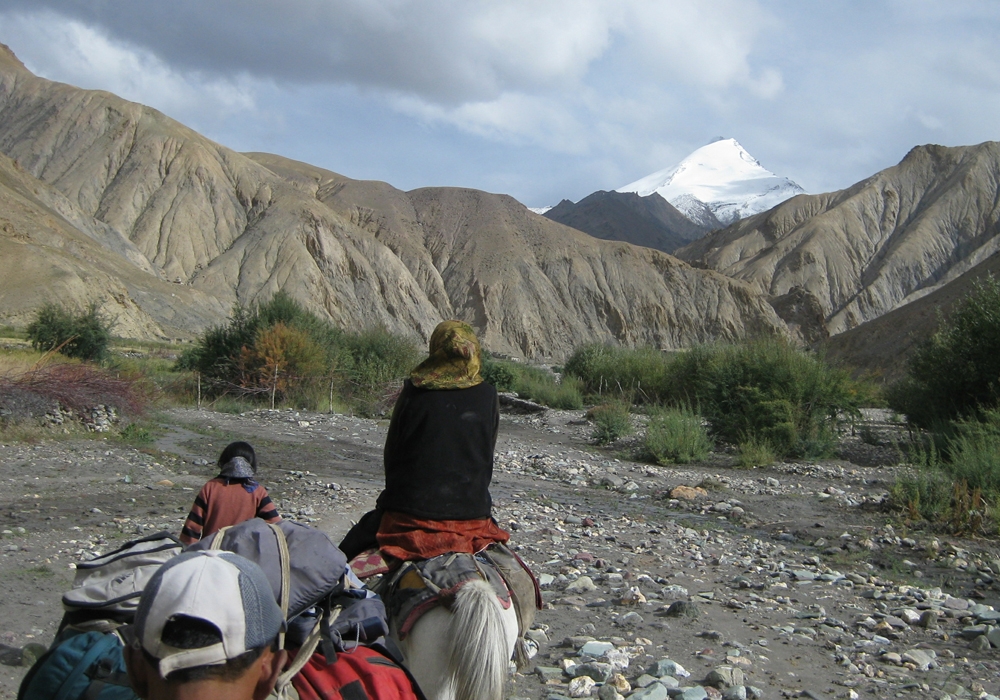Sometimes known as ‘Little Tibet’, the Union Territory of Ladakh is an ancient kingdom in north-west India, bordering Pakistan and the Tibet Autonomous Region. The Union Territory of Ladakh has two districts Leh and Kargil.
The Leh Valley lies at an altitude of about 3,500 metres and the surrounding mountains rise to over 6,000 metres. The area is remote: the main road linking Ladakh with the rest of India is cut off by snow for six months or more each year. This is a high-altitude desert environment where water is precious. Agriculture and human settlements depend on water from snow melt, which flows towards the Indus River.
Traditionally, most Ladakhis were subsistence farmers growing mainly barley and vegetables, or they were nomads tending goats and yaks. The opening of a road in the 1960s linking Ladakh with the plains brought large numbers of army personnel and the spread of the Indian civil administration.
The private sector is small, comprising mainly seasonal, tourism-related activities. There are few substantial companies, however there is an increasing number of new business entrepreneur role models among the Buddhist community. The main aim in life for many young Ladakhis is to obtain government employment, even though few such jobs are available.
A Society and Culture Under Threat:
Ladakh is experiencing:
- Challenges to local water supplies as glaciers melt as a consequence of climate change,
- A shift away from traditional agriculture, with people drifting to the towns and associated uncontrolled urbanisation,
- Cultural erosion,
- Knowledge and skills gaps,
- A continuing focus on rote-learning in schools, which ill-equips young people for the modern world,
- Over-dependence on government jobs, which have become very scarce, and a weak economic private sector, resulting in increasing youth unemployment with associated social risks.
